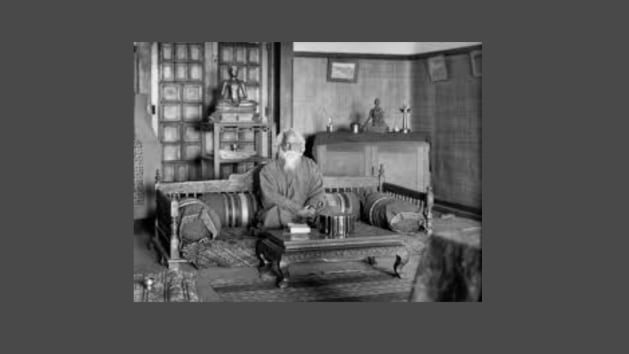In photos: From Virginia Woolf to Rabindranath Tagore, a look at some famous writing desks
Writers often weave entire worlds with just words, but behind every great novel is a desk where the magic began. From cluttered chaos to minimalist perfection, an author’s writing desk can reveal a lot about their creative mind. Here’s a peek into the personal workspaces of some of literature’s most iconic names.
August 18, 2025 12:55 IST 1 / 6
1 / 6Virginia Woolf's Monk House Desk: In her serene countryside home in Sussex, Virginia Woolf wrote most of her masterpieces at a small wooden desk overlooking a lush garden. Surrounded by fresh blooms and open windows, her workspace reflected the quiet introspection and lyrical style that defined her novels. (Source: Photo by Wikipedia)
 2 / 6
2 / 6Ernest Hemingway's Standing Desk in Havana: Hemingway was famous for writing while standing, believing it kept him alert. At his Cuban home, Finca Vigía, his tall desk was surrounded by hunting trophies, books, and sunlight, fitting for the adventurous, bold narratives he crafted. (Source: Photo by Wikipedia)
 3 / 6
3 / 6Jane Austen's Tiny Writing Table: Austen’s desk was famously modest, a small, round table at Chawton Cottage. Without elaborate stationery or luxuries, she penned timeless romances and social commentaries in a space that mirrored her disciplined and focused writing habits. (Source: Photo by Wikipedia)
 4 / 6
4 / 6Rabindranath Tagore's workplace in Shantiniketan: Tagore’s desk in Shantiniketan was a blend of poetry and philosophy, strewn with manuscripts, inkpots, and paintings. The large windows allowed in natural light, reflecting his love for nature, art, and the seamless merging of creativity across mediums. (Source: Photo by Wikipedia)
 5 / 6
5 / 6Agatha Christie's Greenway House Desk: The Queen of Crime wrote many of her mysteries at her holiday home, Greenway, often with handwritten drafts and piles of research notes at hand. Her desk faced the River Dart, a peaceful view that contrasted with the chilling plots she devised. (Source: Photo by Wikipedia)
 6 / 6
6 / 6Mark Twain's Stormfield Study: Twain’s desk in his Connecticut home, Stormfield, was as full of character as the man himself, large, sturdy, and surrounded by bookshelves. This was where he entertained guests, told stories aloud, and penned his later works. (Source: Photo by Wikipedia)











